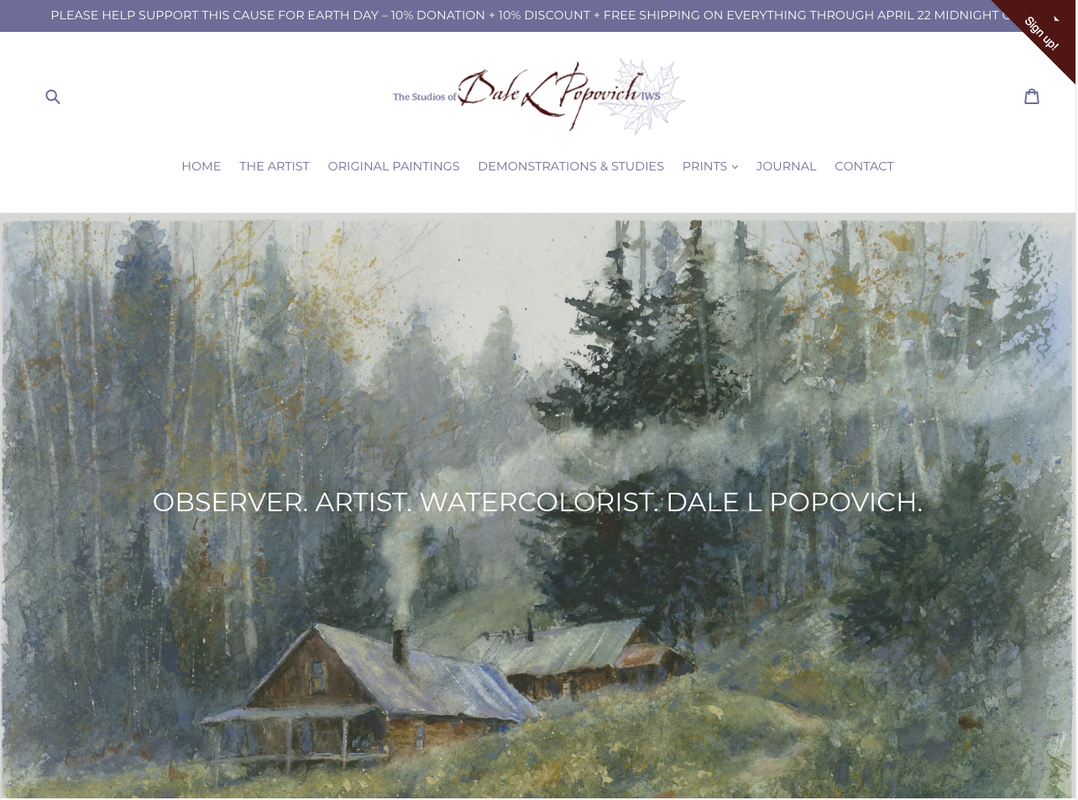 I have been giving workshops for the Lakeland Art League located in Minocqua, WI for several years. This ambitious, fun-loving group of nearly 100 members shares their passion with the community including shows, charity events, and a weekly open studio. Since the COVID their organization like so many others has come to halt. Lakeland's leadership reached out to me and asked if I would do a Facebook Live Demonstration for their group. They wanted their art community to feel connected and creative, so virtual was the way to go. Some of you may remember last year I gave 12 weeks of Watercolor Escape Saturdays on Facebook Live Demos. Many of Lakeland's members joined in and loved it. Here's the link you will need to watch at Monday, February 8th, 2021 10:00 am cst-- Lakeland's Facebook page. CLICK HERE Below you will see the reference packet. This includes:
This Week's Demonstration I am going to focus on water, moving water. Do not let this scare you – it is not as hard as you think, and I will share my splashy secrets. There are a tremendous amount of streams and rivers in Michigan to explore. The beauty of simple pleasures with their rugged trails, nothing makes us feel more alive. The wandering gypsies in us enjoy hiking these areas during all four seasons and all-weather types. Marilee and I will crack open our favorite waterfall books over breakfast and escaping for a day of touring and taking in their majesty. During this time we settled on Kakabika Falls on US-2 in between the small towns of Watersmeet and Marenisco in the Upper Peninsula of Michigan. You will find it off of County Road 527 on the Cisco Branch of Octonagon River. There is a small parking lot and from there follow the trail, and you’ll see multiple different drops. MORE INFORMATION. Every year Kakabika Falls is quite different because of the snowfall and rain. In October 2012 it was apparent to us the drought up north for the past 7 or 8 years has taken a toll on the falls. In years past you would only see a few of the very large boulders and massive amounts of water flowing through this area. But now all of the secrets of the river were exposed in a prehistoric beauty. Here is a YouTube link to our October 2012 trek. YouTube Link Click Here So let's dive in. Demo techniques: • How to paint abstract. • Patterns in nature. • How to paint abstract m patterns in nature. • Not over-mixing colors. • Applying color with the toothbrush. • How to paint soft edges. • How to use dry brush strokes to paint trees. • How to transition colors in a wash. Please note the pencil sketch was on indigo handmade watercolor paper but you can also use Arches #300 paper. The drawing is simple–minimal lines. After this demo I want you to walk away with: 1. Understand the timing in applying the watercolor. 2. How to handle a dark, subject matter and still making it colorful. 3. Learn the dynamic color range you can achieve with a five-color palette. 4. Don’t over mix—instead, let the paints blend on the paper and work their magic. This teaches you patience. 5. Making a light value subject work using subtle value changes. Please note the painting will be on Kilimanjaro Natural White Cold-Press 300 lb but Arches would be just fine too. The drawing is simple–minimal lines. 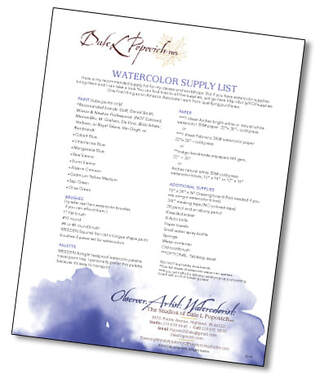 My Tried and True Complete Supply List If you want to learn more about my tried and true watercolor supplies please visit HERE. I have articles, videos, and favorite books. We are always adding to the page. So please come back often.
0 Comments
Please join Dale for his One-Man Show at McCord Gallery & Cultural Center in Palos Park, IL August 3 - September 4 Pre-Reception: August 7, 4 pm CST, broadcast on Facebook Live Reception: August 7, 6 pm CST
NOTE: THIS VIDEO WAS FIRST BROADCASTED ON MY FACEBOOK PAGE. BECAUSE OF THE INTERNET AND BAND USAGE THE IMAGE GETS BLURRY. SORRY. I had my fourth Watercolor Escape Saturday last weekend on April 11th. If you are new to this my wife, Marilee and I are committed to broadcasting a Facebook Live every Saturday at noon CST till our lives kinda get back to some type of normal. We want to offer an escape even for an hour or two. Reference In this week's blog post I have included the video now on YouTube (edited as a paint-along) and my demo notes. Here's what you will find:
To learn more about my brushes and tried and true supplies head over to my Supply List & Library page. Click on the Supply List above for my personal printable list. The Video We have edited and added more information to the Facebook Live video. Click on the button and head over to my YouTube page. Don't forget to subscribe to my page. and leave a comment. The Painting A few weeks back one of my online watchers asked if I would do some rocks. So I thought I would paint rocks with a waterfall showing them how to recompose a photo and leave out the unimportant and how one could be left with the essentials of the photo. My main goal of this painting was not only the rocks but how to handle the water flowing over and around them. How layering the watercolor and the colors themselves could be applied to have the illusion of the water flowing over the rocks and moving down the falls. In finishing the waterfalls I used a razor blade to create the spatter of water and get a better feeling for the overall movement of the water. I spent a little bit more time back in the studio after the Facebook Live broadcast. I added some key values and colors to push the water out towards the viewer. I also took the liberty of adding gouache with color added to give a little bit more volume and dimension. 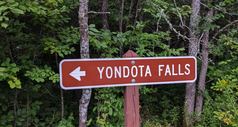 The Location Yondota Falls in the UP of Michigan. MAP. The falls are located deep in the forest of Marenisco Township, MI, and are part of the Presque Isle River. Yondota Falls is a short walk from Copps Mine Road at the bridge over the Presque Isle River. The dynamics of the water flowing are ever-changing almost like a fine bottle of wine from year to year. No two years are alike. We have been hiking there for nearly 13 years during all four seasons. During that time the water is stained with tannic acid from the tamarack trees giving the water a weak coffee color. Yandota Falls is a series of falls, so be sure you walk far enough to see them all. The trail is not long but does drop in elevation along the river, so the uphill return hike may make this a moderately difficult trail.
I have supplied additional websites below with more information I depend on and great photos to help you plan your trip look below. https://www.uptravel.com/attractions-2/waterfalls-of-the-u-p/ https://www.fishweb.com/maps/gogebic/waterfalls/yondota/index.html
In Conclusion That's it for now. I hope we will see you next Saturday at noon CST on my Facebook page for another Watercolor Escape Saturdays. Remember to leave a comment below, tell me what you think and what you would like to see in the future. Wash your hands and your brushes, Dale Note About Copyright
During this last broadcast of Watercolor Escape Saturdays, I was asked about copyright of these paint-alongs. You have permission to use and paint these reference materials. But you don't have permission to use it as a teaching tool to instruct others. In addition, your finished painting cannot be used in an art competition or show. This is solely used as a learning tool. AFFILIATE DISCLOSURES Amazon: As an Amazon Associate, I earn from qualifying purchases. Blick Art Supplies: I earn a small commission from qualifying purchases. Well, I had my second Watercolor Escape Saturday last weekend on March 28th. If you are new to this my wife, Marilee and I are committed to broadcasting a Facebook Live every Saturday at noon EST till our lives kinda get back to some type of normal. We want to offer an escape even for an hour or two. In this week's blog post I have included the video now on YouTube (edited as a paint-along) and my demo notes. Here's what you will find:
Gallery of Work Highlighted in Video Below are several demos I did playing with composition and value studies before the final painting titled Walking in My Father's Footsteps. I also share additional paintings in the video. Click on the painting to see a larger version. Gift Every year I paint a special birthday card for Marilee. I remember once a long time ago we went to the Terra Museum to John Singer Sargent watercolor show. Sargent would paint special gifts for his sister with tender words and well wishes. They were touching and moved both of us. This painting is of one of our favorite walks in spring up not far from our cabin. The silver light and tender greens you only see during this time of year. This study was painted on handmade paper containing seeds, leaves, and stems. The paper had very little sizing so planning my brushstrokes were essential. Could not rework once the paint was laid down. Final studio painting I promised myself I would experiment with new color combinations during this down time. Here is an example a new color combination palette. And don't think you can't find painting reference material. This was taken by Marilee while we were driving north through Wisconsin to our cabin. The sun was setting, the sky was on fire and the earth was rich with color. Here's my 6-color full palette:
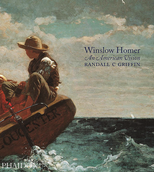 The Master I have enjoyed Winslow Homer watercolors long before I ever picked up a paint brush. My father admired his work and would share his paintings with me. He would break composition rules and make them work. I suggested a Homer book that looks like it's out of print but you may find on Ebay. There are other Homer books at Amazon (CLICK HERE) like this one. If you rather go to your library and check-out a book. Also here's a website to view. CLICK HERE. 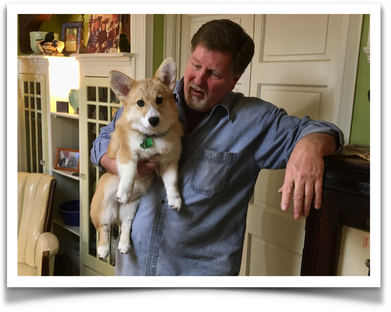 Poppy Incase you didn't here we got a new puppy this year. Her name is Miss Poppy, a Pembroke Welsh Corgi and she is such a joy. It's a blessing to have her and an additional heartbeat in our house. Well that's it for now. I hope we will see you next Saturday at noon EST on my Facebook page for another Watercolor Escape Saturdays. Remember Leave a comment below, tell me what you think and what you would like to see in the future. Wash your hands and your brushes, Dale AFFILIATE DISCLOSURES
Amazon: As an Amazon Associate, I earn from qualifying purchases. 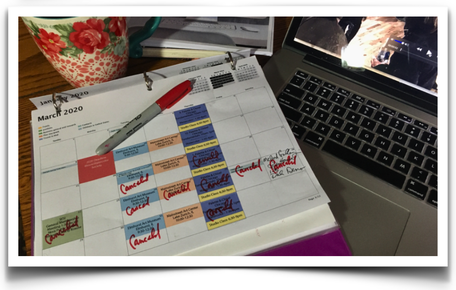 Well, as you have probably figured I'm just like you with this CORID-19. Back in the good old days, two and a half weeks ago I was teaching my weekly classes, planning open house demos, group gallery shows, art league meetings, getting ready for 2020 workshops and framing work for a one-man show. In a week or so I say my well, planned year vaporizes at least for the next month or so.
From there Marilee said let's go sightseeing. We headed over to Strack & VanTil, a large local grocer in Northwest Indiana to see if they were wiped out too. The parking lot was full more than any Thanksgiving I can remember, the cart corrals were empty, all the registers were open and the lines extended to the back of the store! The managers looked as surprised as us. They worked swiftly and with a pleasant smile. Produce was well stocked, along with most everything else. The shoppers' carts were heaped full of paper products, pizzas, and white bread. The Hispanic food aisle was empty but the baby diapers were hardly touched. It took both of us two hours to process what we experienced. The next day we rehashed how the world was changing because of the virus and what could we do locked-up in our house. My wife, Marilee calls this the newest episode of The Twilight Zone. I know these are challenging times but we are creative folk who often are self-distancing ourselves in our studios anyway. Frankly, we can handle this better than most. We talked about going to the Northwoods but sadly we got a notice for snowbirds and second homeowners to stay away from Vilas County. Well, I figured I am in my studio trying some new reference materials and color palettes with this new free time. We then thought with the beauty of social media we could help folks by sharing my watercolor wisdom. I opened my studio door this past Saturday, March 21, 2020, at high noon est time on my Facebook live business page - Observer Artist Watercolorist Dale L Popovich IWS. I will do this till we are over this crisis. MARCH 21, 2020 DEMONSTRATION NOTES
Robert J Krajecki IWS, TWSA must-have books three books I highly recommend. Click on the titles to read more.
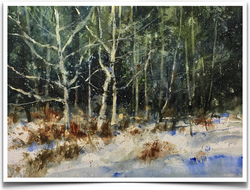 THREE WATERCOLOR COLOR STUDIES I highly recommend doing color studies of your painting. As I explained in the demo experiment with color combinations, value patterns, and composition. Each of these took 15-20 minutes. Be loose and free– no details. -300 lb Indigo paper - Watercolor Paints: 3-color limited palette, see each sketch for colors. AFFILIATE DISCLOSURES:
Amazon: As an Amazon Associate, I earn from qualifying purchases. |
Dale L Popovich IWSDale is an award-winning watercolorist and teacher passionate about capturing the raw beauty of the American landscape with the fluid stroke of a brush. As you will see, the works selected in his portfolio represent the depth of his holistic approach to painting. You can also learn with this talented and experienced teacher through his workshops, Palette & Chisel, and Popovich Studio classes. Archives
April 2024
Categories
All
|
|
INSTRUCTOR
Palette & Chisel 2024 Workshops & Demos ONLINE LEARNING Watercolor Escape Saturdays TIPS and TECHNIQUES Thursdays ZOOM Palette & Chisel Academy of Fine Arts ADDITIONAL INFORMATION Popovich's Field Journal Newsletter WATERCOLOR ART SUPPLIES Watercolor Paints Watercolor Brushes Watercolor Supplies DALE L POPOVICH IWS LIBRARY Books & DVDs BUSINESS BOOKS LIBRARY Books & Podcasts |
©2024 Dale L. Popovich. IWS, Drawing & Painting TIPS and TECHNIQUES Thursday, In the Comfort of Your own Studio tm, Towering Winds Academy of Fine Arts tm, and Teaching People to Truly See tm All Rights Reserved.
|
|
©2024 Dale L Popovich, Towering Winds Academy of Fine Arts and The Studios of Dale L Popovich IWS. All rights reserved
Copyright © 2024 Rosemary & Co Artist's Brushees LTD |

Handmade and maintained by POPovichDESIGN
[email protected] |



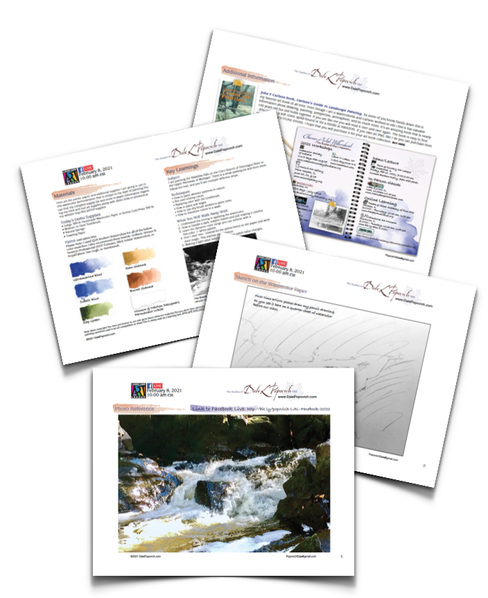
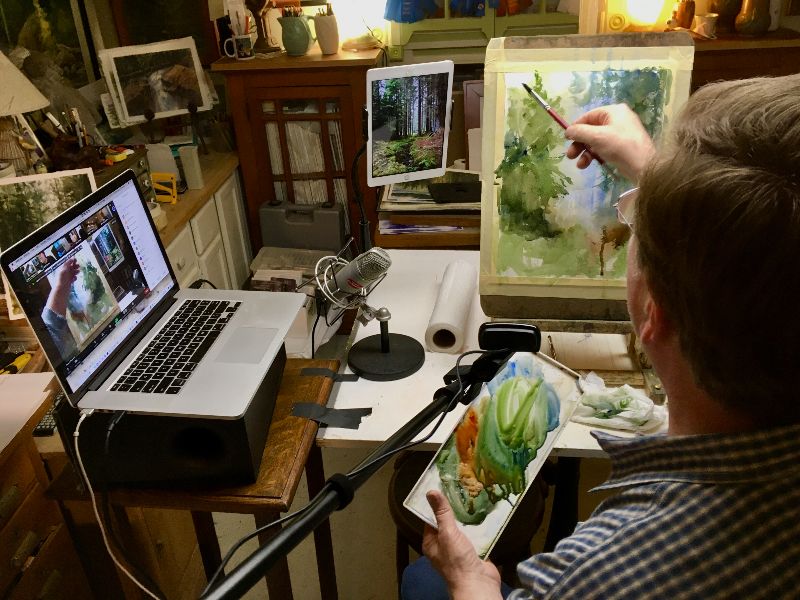
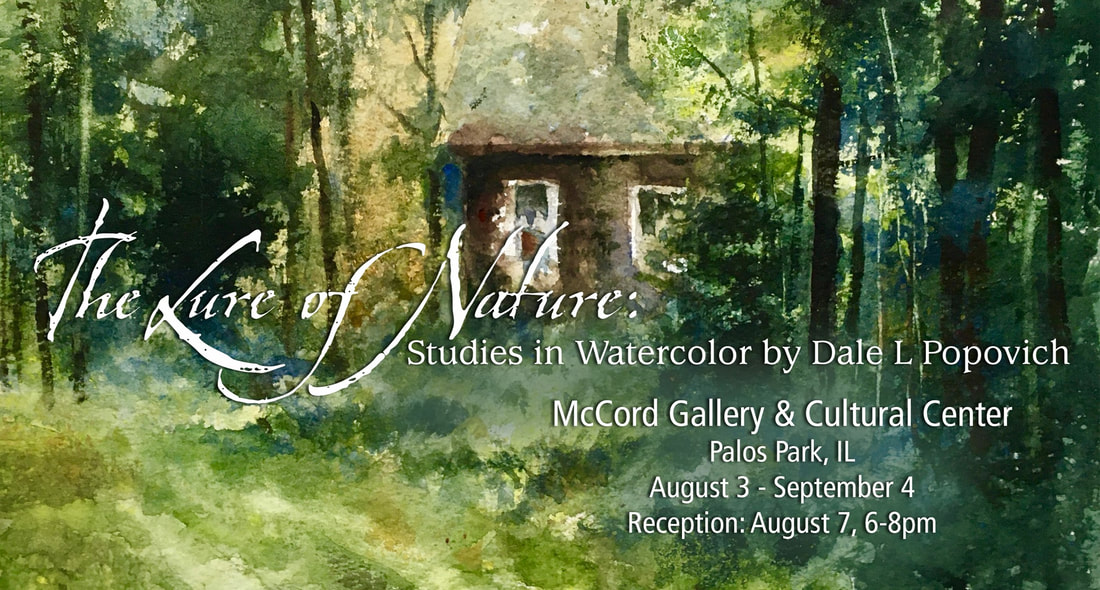
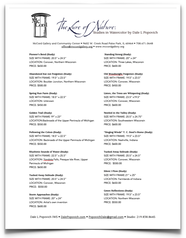

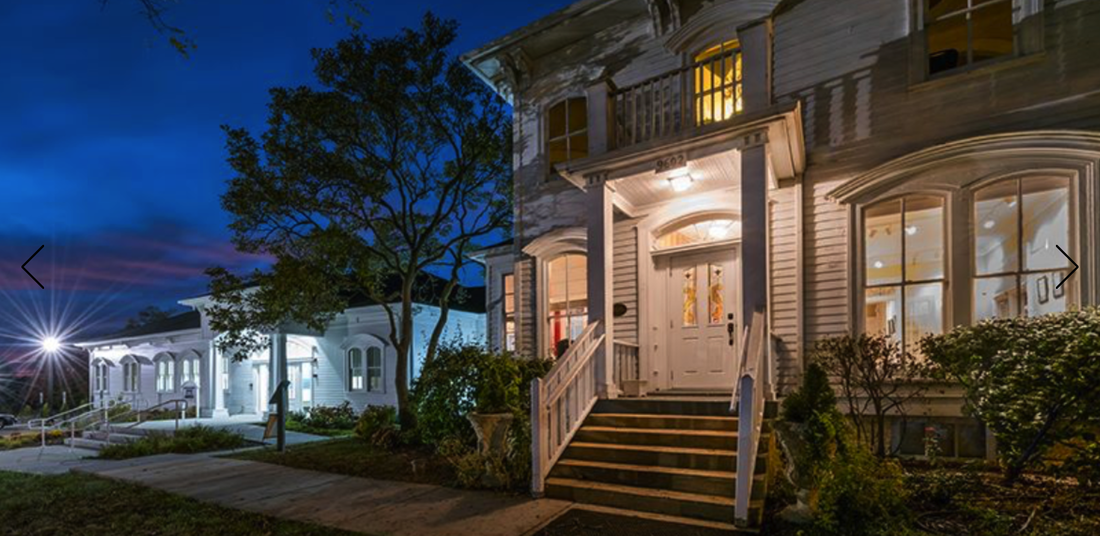
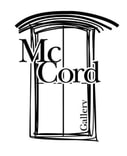

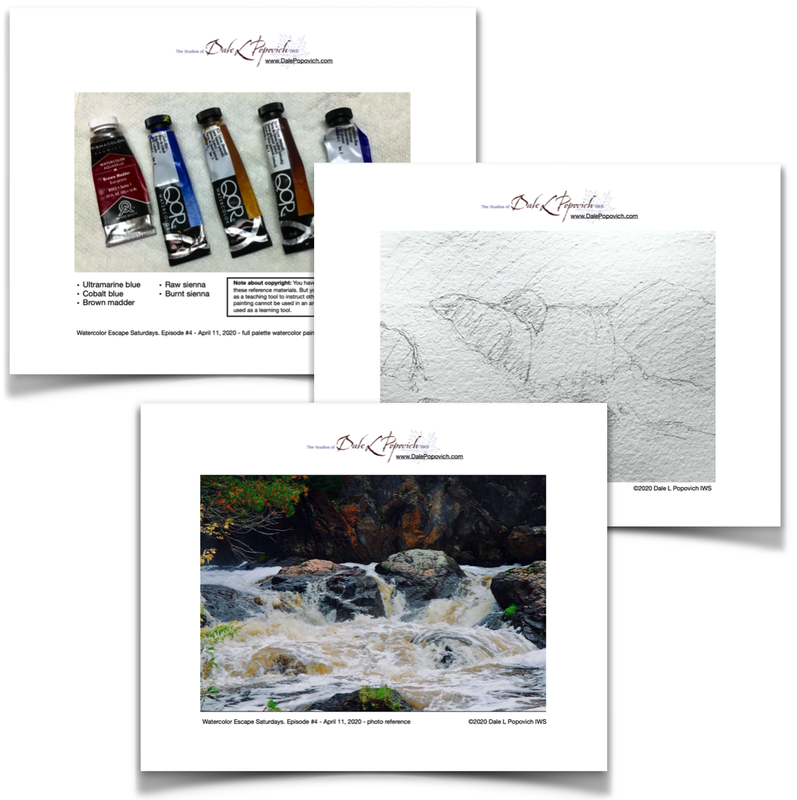
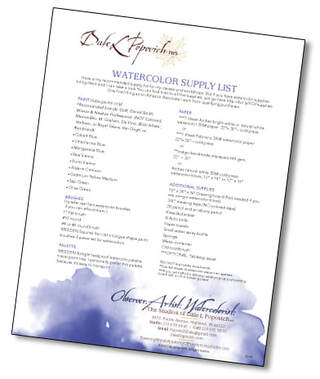
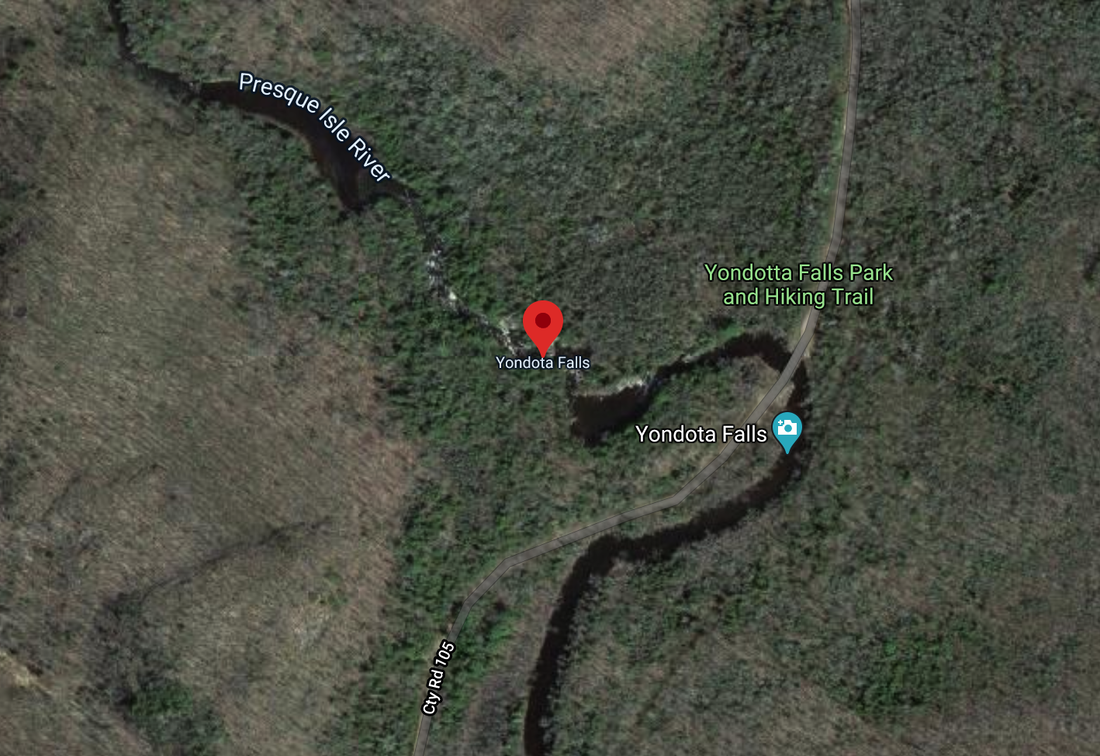
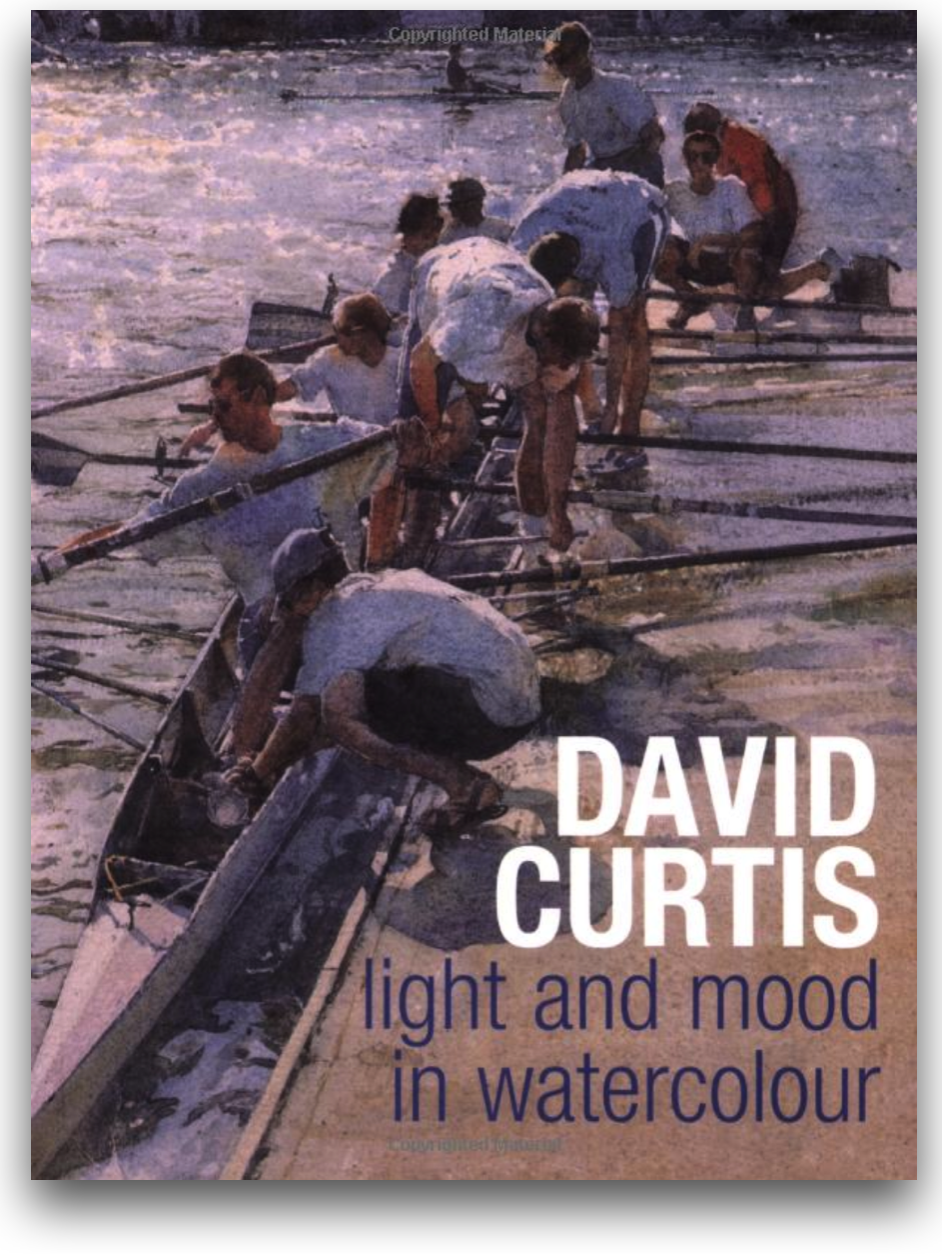
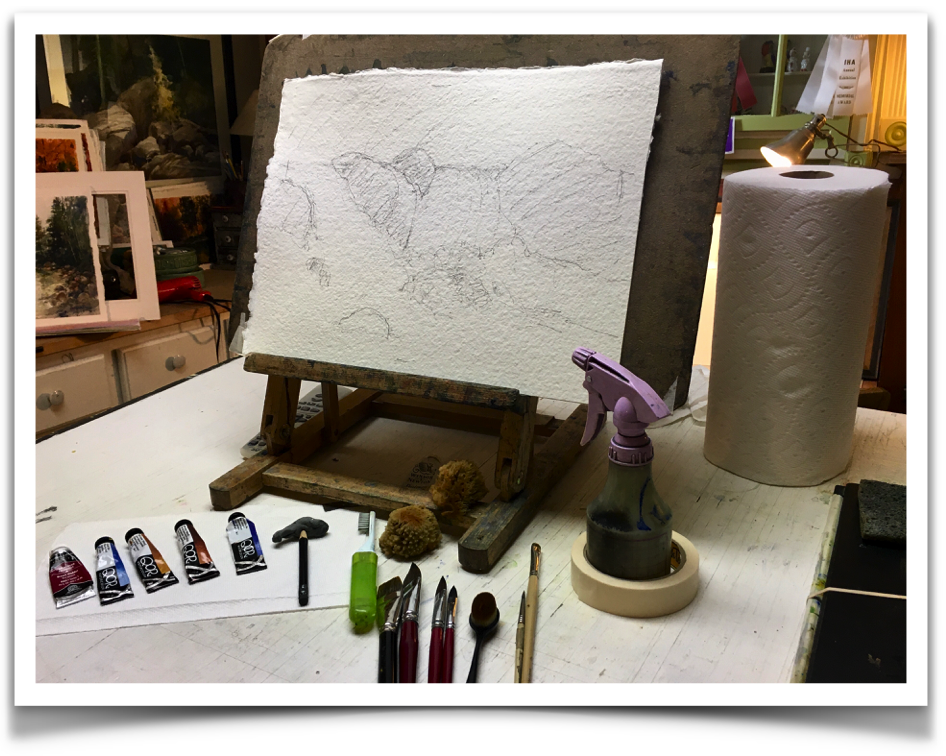
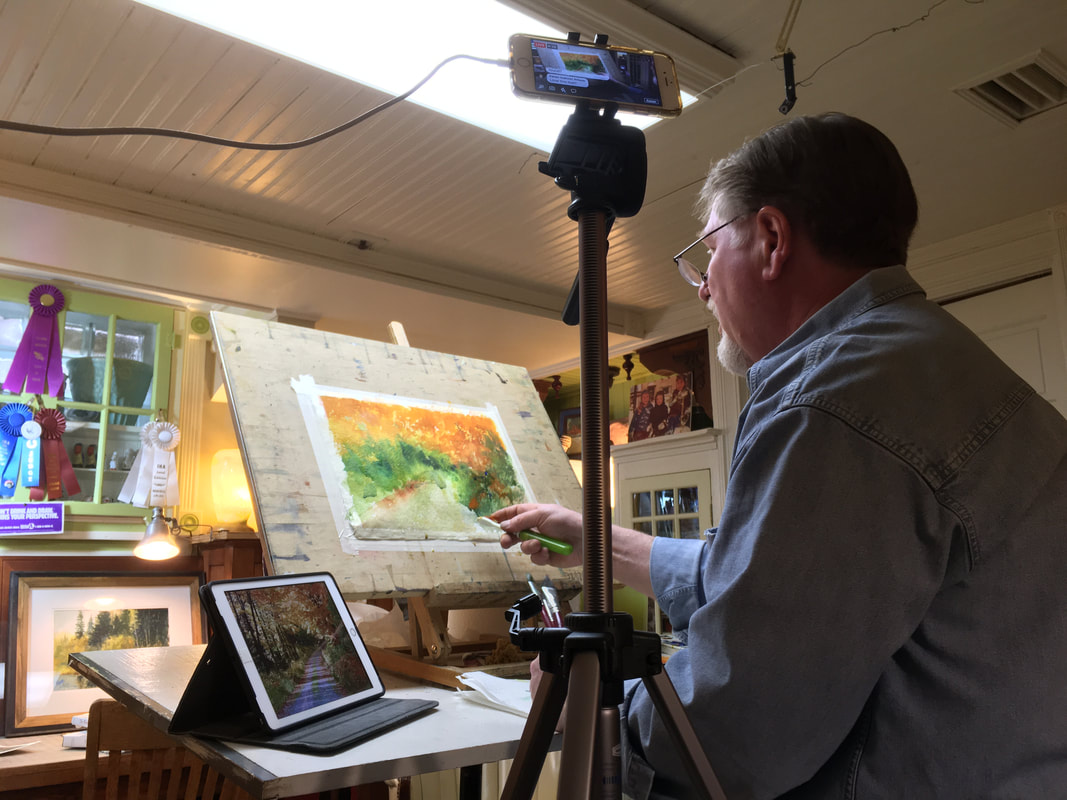
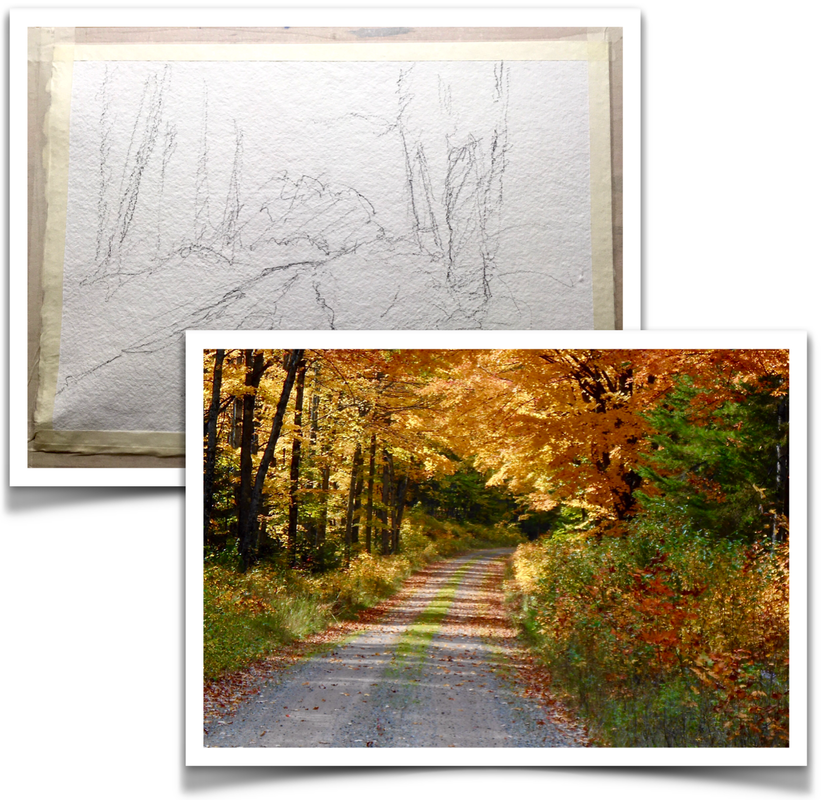
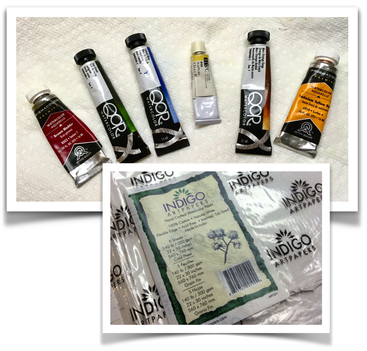
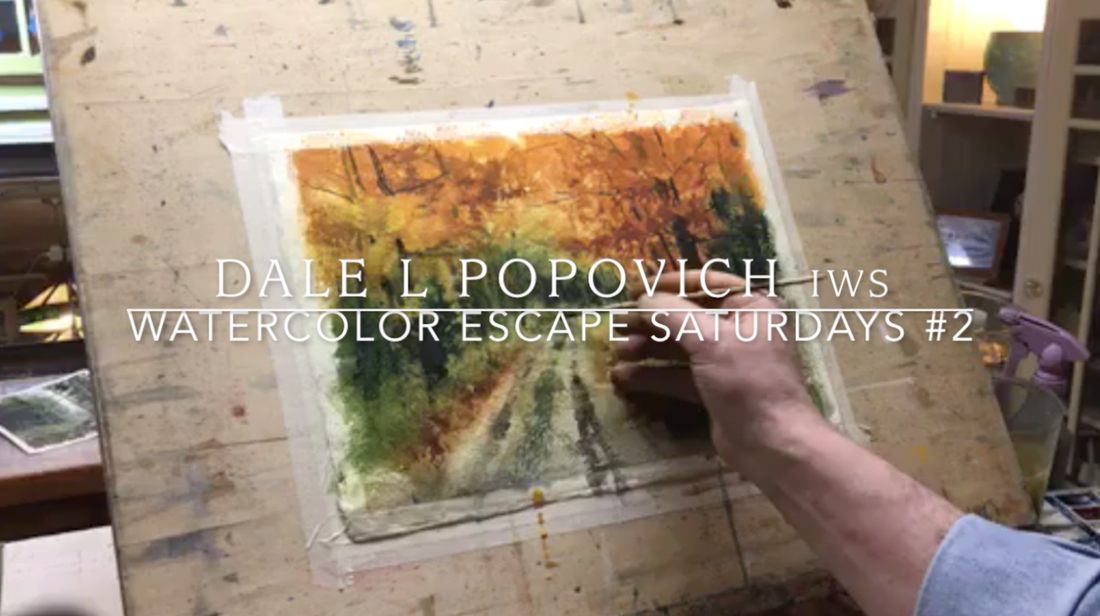
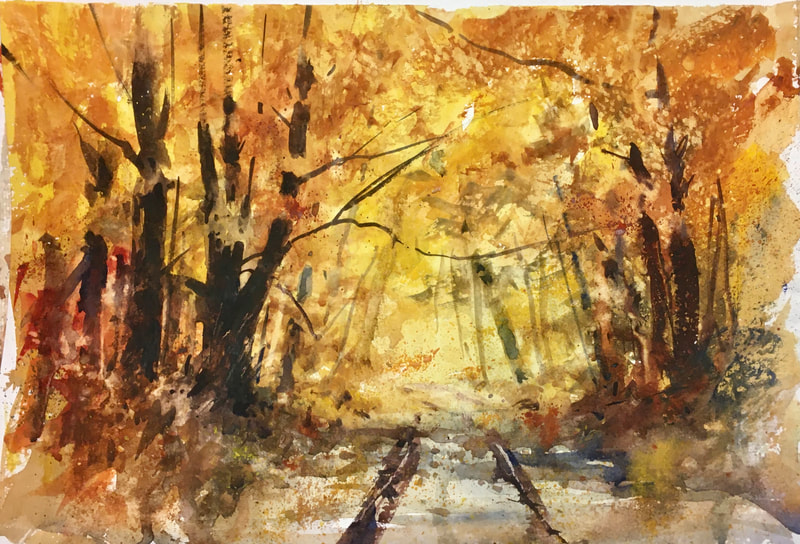
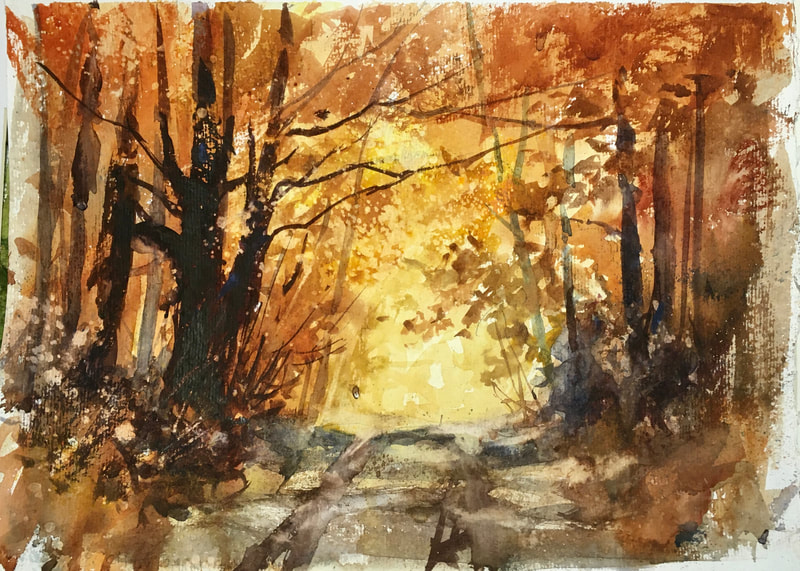
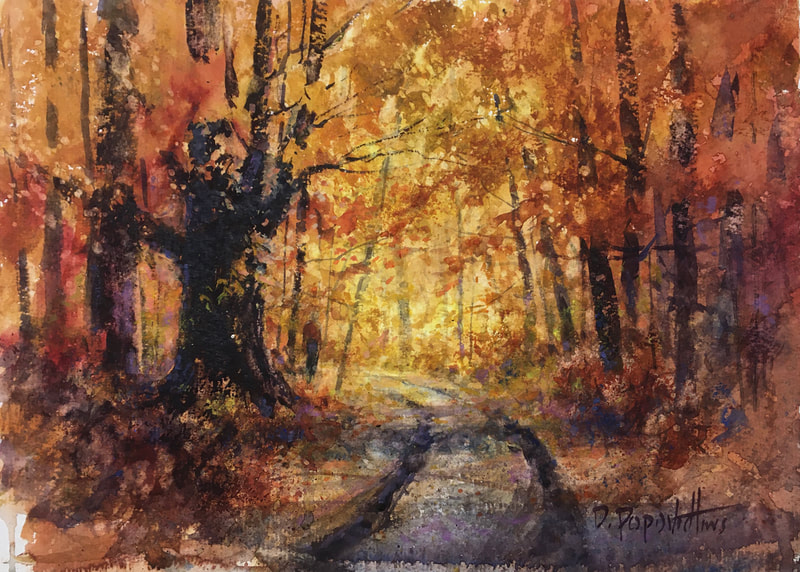
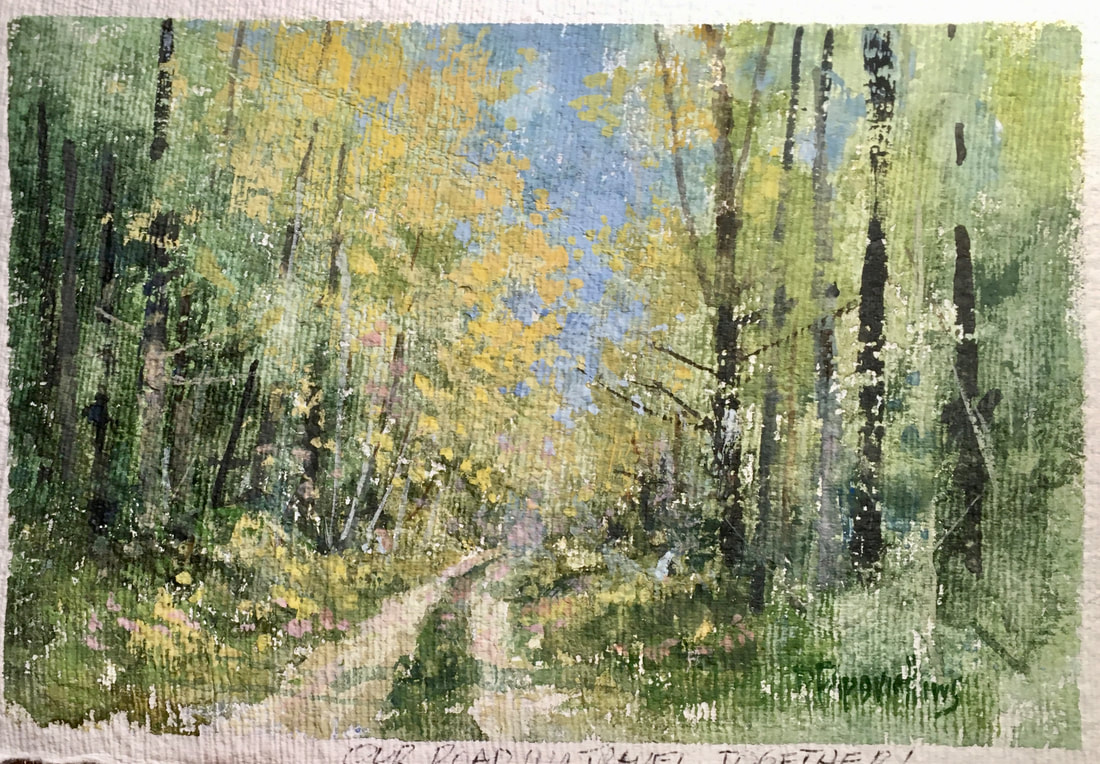

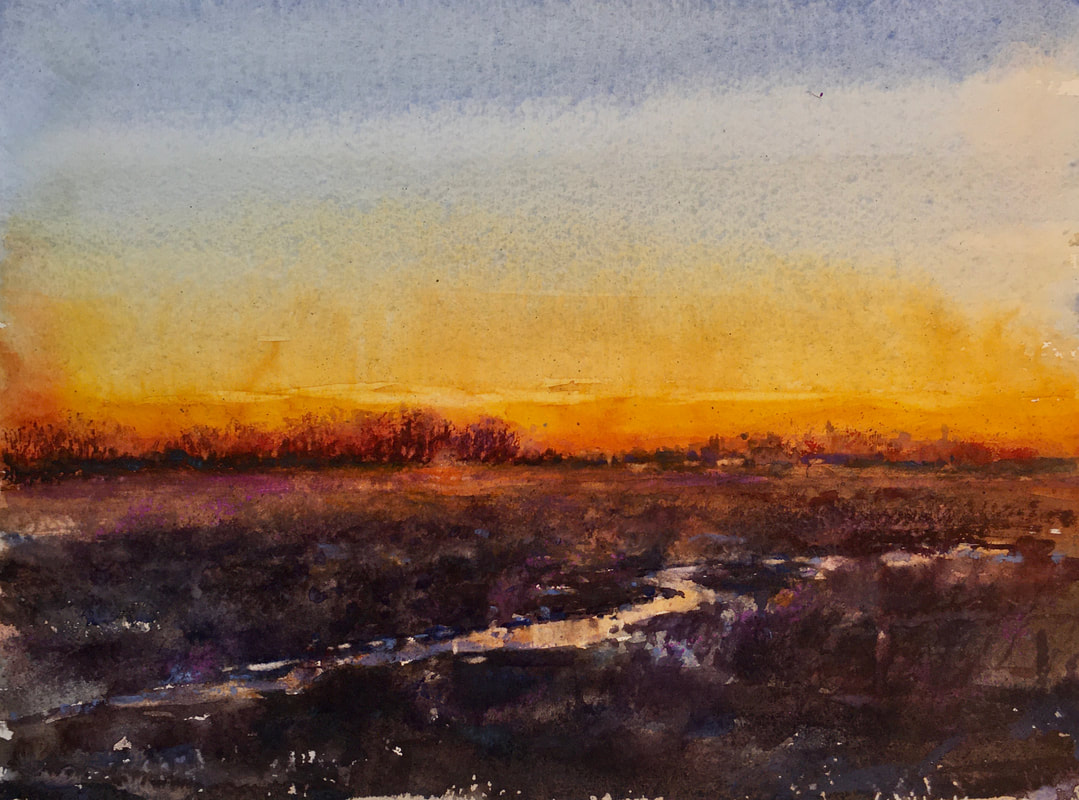
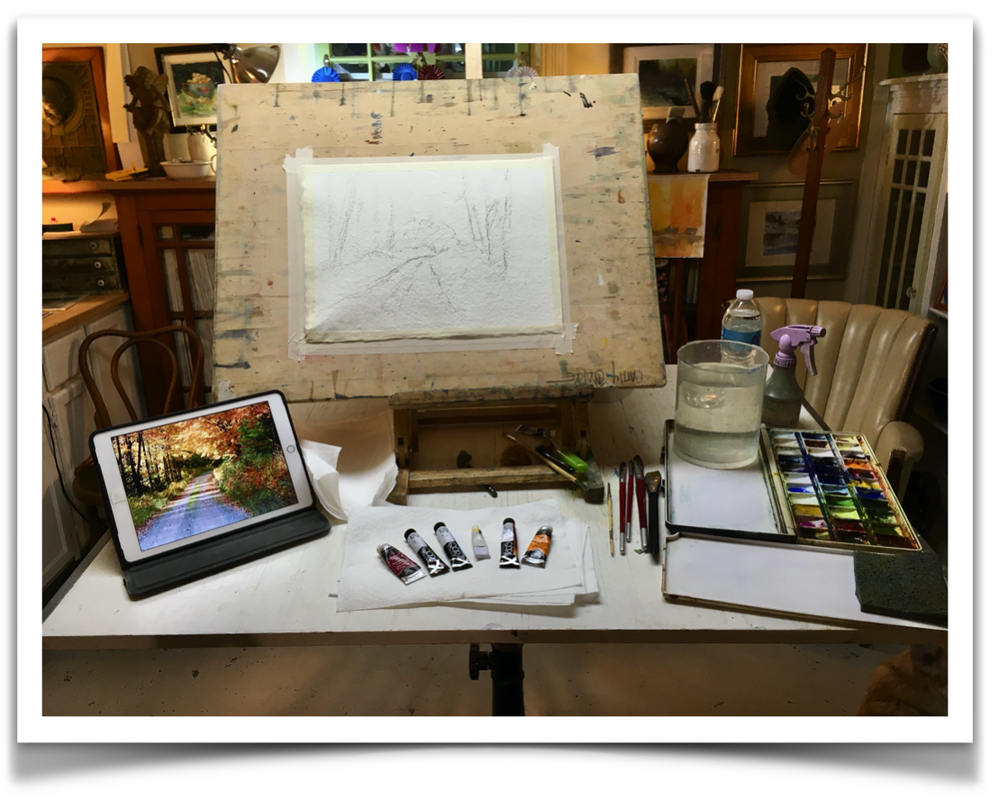
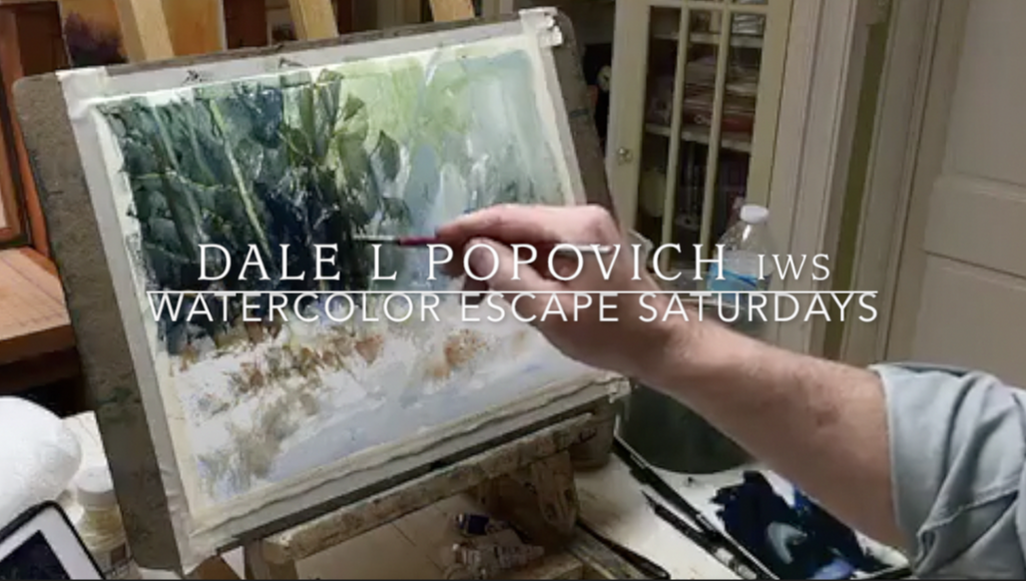
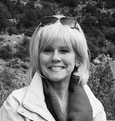

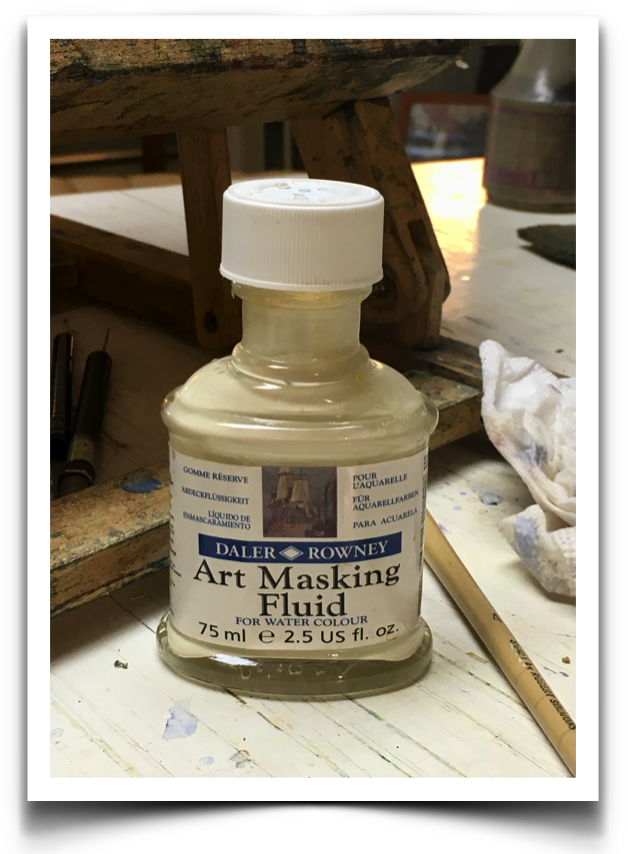
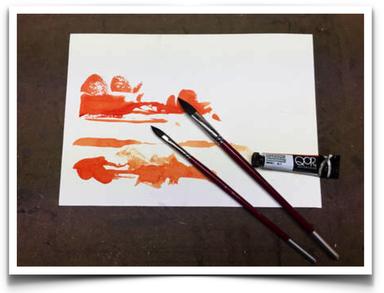
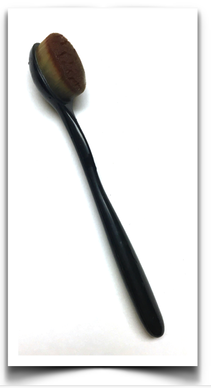
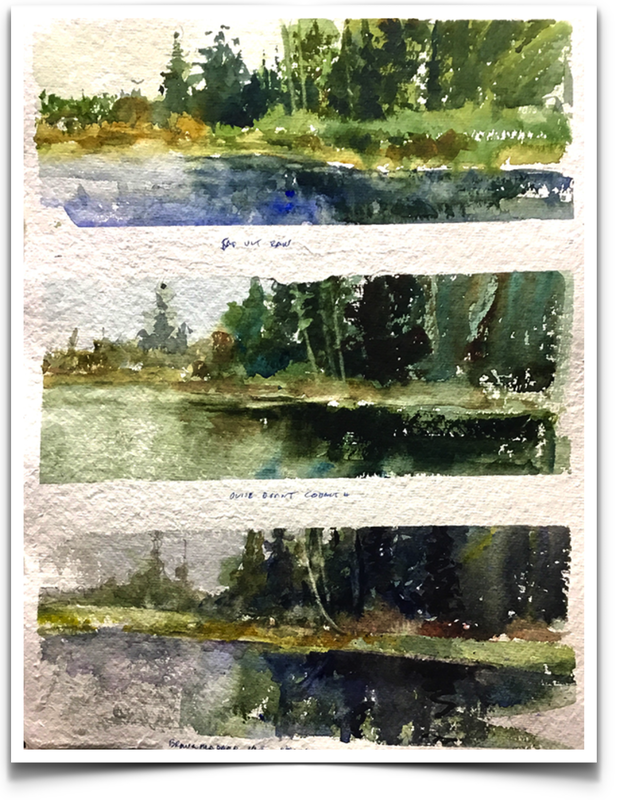
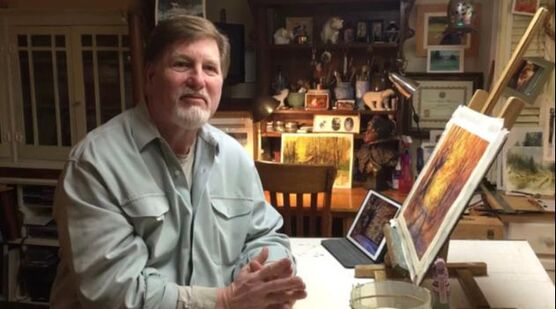
 RSS Feed
RSS Feed
